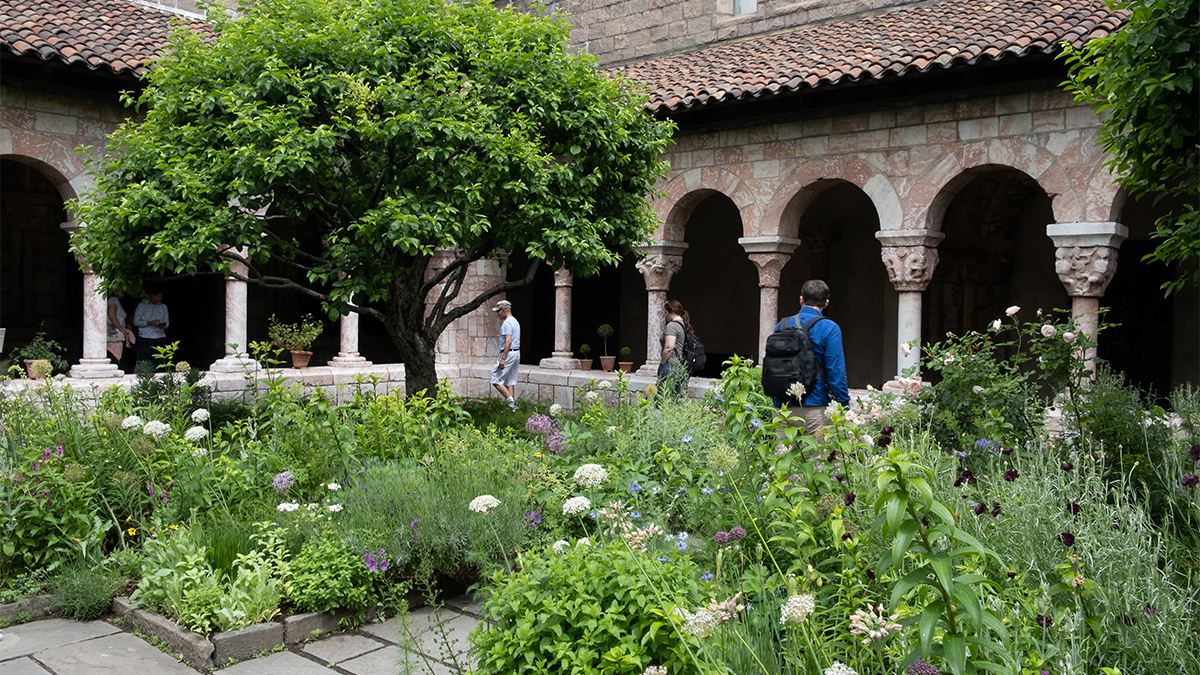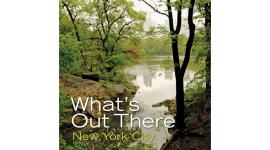Landscape Information
Opened in May 1938, this branch of the Metropolitan Museum of Art is dedicated to medieval art, architecture, and horticulture. The museum collection began with artifacts gathered by sculptor George Grey Barnard during travels in Europe before World War I. In 1925 the collection was purchased by the museum with funds from John D. Rockefeller, Jr. Five years later, it was relocated to four acres within Fort Tryon Park, a new park donated by Rockefeller where Frederick Law Olmsted, Jr. had already begun design work. Rockefeller engaged Charles Collens with curators Joseph Breck and James Rorimer to design the museum facility, incorporating medieval architectural elements including the five notable cloisters acquired by Barnard. Three of these cloisters were designed to feature medieval garden exhibits, which were improved by Director Margaret Freeman from 1955 to 1965 and Head Horticulturalist Susan Moody from 1979 to 2007. The courtyard gardens include a wide variety of herbs, fruit trees and shrubs, woven fencing, and humble garden structures commonly found in a medieval monastic setting.
Situated within the park’s woodlands overlooking the Hudson River, the museum’s location is integral to its character and atmosphere. Views from within the building intentionally engage the park’s surrounds. Olmsted’s design around the museum coordinates with the building’s Romanesque architecture, incorporating massive schist retaining walls along the steep approach road that echo the building’s stone and workmanship. The park’s steep grades and canopy tree planting enhance the museum’s sense of seclusion. The museum was listed in the National Register of Historic Places in 1978.

















